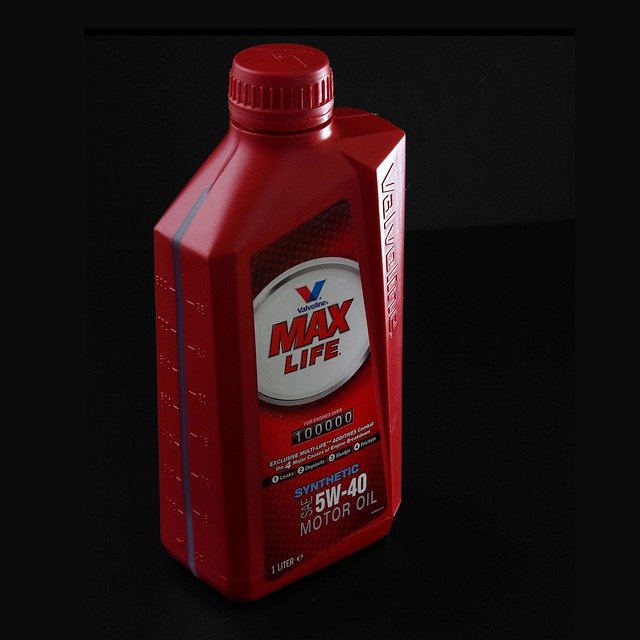Understanding Modern Oil Change Intervals: Key Insights for Vehicle Maintenance
Changes in engine technology and improvements in oil formulations have sparked a shift in how today’s drivers think about oil change intervals. While older rules suggested a 3,000-mile limit, many vehicles are now designed to perform efficiently well beyond that. This overview explores how modern systems are built differently and what many consider when reviewing updated maintenance schedules.

What Are Manufacturer Service Intervals and Why Do They Matter?
Manufacturer service intervals represent the official recommendations from vehicle makers regarding when to change engine oil. These intervals are determined through extensive testing under various driving conditions and engine loads. Most modern vehicles feature service intervals ranging from 7,500 to 10,000 miles, with some luxury vehicles extending to 15,000 miles between changes.
These intervals consider factors including engine design, operating temperatures, and expected driving patterns. Following manufacturer recommendations ensures warranty compliance while optimizing engine protection. However, severe driving conditions such as frequent short trips, extreme temperatures, or dusty environments may require more frequent oil changes regardless of the official schedule.
How Do Synthetic Oil Benefits Impact Change Frequency?
Synthetic oil benefits extend far beyond conventional petroleum-based lubricants, directly affecting maintenance intervals. Synthetic oils maintain their viscosity and protective properties longer than conventional oils, resisting breakdown under high temperatures and stress. This stability allows for extended service intervals without compromising engine protection.
The molecular structure of synthetic oils provides superior lubrication, reduces friction, and handles temperature extremes more effectively. These characteristics translate to cleaner engines, reduced wear, and the ability to safely extend time between oil changes. Many manufacturers now specify synthetic oil exclusively for newer vehicles, taking advantage of these performance benefits to establish longer service intervals.
Understanding Oil Life Monitoring System Technology
Oil life monitoring systems represent sophisticated technology that tracks actual oil degradation rather than relying solely on mileage or time intervals. These systems analyze driving patterns, engine loads, operating temperatures, and other variables to calculate remaining oil life. The technology provides personalized maintenance schedules based on individual driving habits and conditions.
Advanced monitoring systems consider factors including ambient temperature, engine temperature variations, rpm patterns, and trip duration. This data creates a comprehensive picture of oil stress and degradation, offering more accurate maintenance timing than traditional fixed intervals. When the system indicates 10-15% oil life remaining, scheduling an oil change ensures optimal engine protection without premature service.
The Role of Engine Oil Additives in Modern Lubricants
Engine oil additives play crucial roles in modern lubricant performance and longevity. These chemical compounds enhance base oil properties, providing improved wear protection, oxidation resistance, and thermal stability. Common additives include detergents that prevent deposit formation, dispersants that suspend contaminants, and anti-wear agents that protect critical engine components.
Modern oil formulations contain additive packages specifically designed for extended service intervals. These additives maintain their effectiveness longer than previous generations, supporting the trend toward extended maintenance schedules. However, additive depletion over time and contamination accumulation eventually require oil replacement, regardless of the base oil’s condition.
Balancing Cost Considerations with Maintenance Needs
Oil change costs vary significantly based on oil type, service location, and vehicle requirements. Understanding pricing structures helps vehicle owners make informed maintenance decisions while balancing cost and protection needs.
| Service Type | Provider Example | Oil Type | Estimated Cost Range |
|---|---|---|---|
| Quick Lube Chain | Valvoline Instant Oil Change | Conventional | $25-$50 |
| Quick Lube Chain | Jiffy Lube | Full Synthetic | $50-$80 |
| Dealership Service | Toyota Service Center | Manufacturer Specified | $60-$100 |
| Independent Shop | Local Auto Shop | Conventional/Synthetic | $30-$70 |
Prices, rates, or cost estimates mentioned in this article are based on the latest available information but may change over time. Independent research is advised before making financial decisions.
Making Informed Oil Change Decisions
Modern oil change intervals require balancing manufacturer recommendations, driving conditions, and oil technology capabilities. Vehicle owners benefit from understanding their specific requirements rather than following outdated conventional wisdom about 3,000-mile oil changes. Consulting owner’s manuals, considering driving patterns, and utilizing oil life monitoring systems provides the foundation for appropriate maintenance scheduling.
Regular oil analysis can provide additional insights for vehicles operating under severe conditions or those with high mileage. This testing reveals actual oil condition and contamination levels, supporting data-driven maintenance decisions. Combining this information with manufacturer guidelines and modern oil capabilities ensures optimal engine protection while avoiding unnecessary services and expenses.




